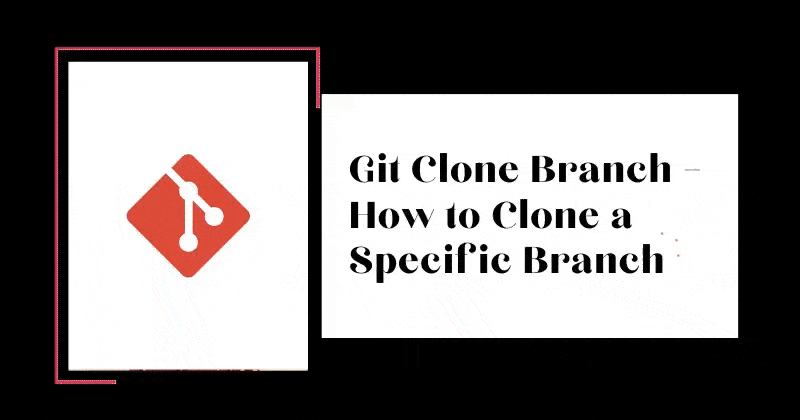

When using the -filter=blob:none option, the initial git clone will download all reachable commits and trees, and only download the blobs for commits when you do a git checkout. Treeless clones: git clone -filter=tree:0.Blobless clones: git clone -filter=blob:none.

On and GitHub Enterprise Server 2.22+, there are two options available:
GIT CLONE BRANCH FULL
There are several filters available, but the server can choose to deny your filter and revert to a full clone. The full list of filter options exist in the git rev-list documentation, since you can use git rev-list -filter= -all to see which objects in your repository match the filter. Git’s partial clone feature is enabled by specifying the -filter option in your git clone command. This is the critical design change presented by partial clone. These days, many developers always have a network connection available as they work, so asking the server for a little more data when necessary might be an acceptable trade-off. Likely, the historical data forms a majority of your data. This diagram is purposefully simple, but if your repository is very large you will have many commits, trees, and blobs in your history. The root tree at the HEAD commit is fully expanded underneath, while the rest of the trees have arrows pointing towards these objects. The arrows between a commit and its parents therefore go from right to left. In this diagram, time moves from left to right. This includes every tree and blob in the entire commit history! We can now describe the data downloaded by a git clone command! The client asks the server for the latest commits, then the server provides those objects and every other reachable object. The process of following these arrows is sometimes referred to as walking objects. If we can follow a list of arrows from an object A to another object C, then we say C is reachable from A. Basically, if an OID B appears inside a commit or tree A, then the object A has an arrow to the object B.

We use arrows to represent a relationship between objects. They are helpful for some build environments where the repository will be deleted after a single build.Īs we discuss the different clone types, we will use a common representation of Git objects: These clones also put undue stress on later fetches, so they are strongly discouraged for developer use. This creates some unexpected behavior issues, limiting which Git commands are possible. These clones truncate the commit history to reduce the clone size.

This means that you can work on your machine without needing a connection to a central server that controls how you interact with the repository. Git is designed as a distributed version control system. As your Git repositories grow, it becomes harder and harder for new developers to clone and start working on them.


 0 kommentar(er)
0 kommentar(er)
